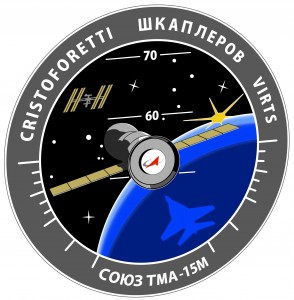Seasonal products
Seasonal products are good for us but also for the environment. Transporting non-local products such as blueberries from Argentina, cherries from Chile or asparagus from Pere to Europe produces large amounts of carbon dioxide. An average family could save up to one ton of CO2 each year by simply choosing to consume seasonal fruits and vegetable. Italy has the advantage of having a very wide variety of food readily available.A change in the habits of Italian households could lead to a reduction of as much as 100 million tonnes of CO2 each year.
Stefano Polato, the head of the Space Food Lab Argotec, is a big supporter of seasonal products. “First of all it is better to behave in a more appropriate and responsible manner towards the environment, others and ourselves. Given that regional products do not travel very far, prices could be much lower. Before you buy something stop to think about the origin of what you are putting into your shopping basket and make sure to read the labels well. Often, even foods you wouldn’t think of at first arrive on our tables after traveling quite a few kilometres whereas similar products are available that are closer to home.”
Many people do not know that fish have seasons as well: “In Autumn and Winter mullet or turbot are best to eat. In Spring and Summer, however, my advice is to enjoy a good sea bass or sardines. In general, seasonal fish most likely not bred in tanks, avoiding issues related to livestock farming. Similarly, fruits and vegetables grown in greenhouses have drawbacks, typically the bland taste due to lack of sunlight.
In general, seasonal foods make us feel better, and contain more vitamins, so it is worth choosing regional and seasonal products like Argotect did for Samantha’s bonus food”.
Antonio Pilello
To know more: https://www.argotec.it/argotec/index.php/spacefood/spacefood_futura16/10/2014





 At this point, if you are a fan of flight simulators, you might have guessed what it might look like. Here is a third clue. imagine three tennis players inspired by their tennis racket.. Or three cyclists had taken the handlebar as a suggestion. Is it clear? No? Okay, will tell you: do you know the instrument on an aircraft’s dashboard showing the vehicle’s attitude during the flight? Yes, the one that tells the pilot the aircraft is pointing in the right direction? It is one of the most important tools for a pilot: the attitude indicator or artificial horizon.
At this point, if you are a fan of flight simulators, you might have guessed what it might look like. Here is a third clue. imagine three tennis players inspired by their tennis racket.. Or three cyclists had taken the handlebar as a suggestion. Is it clear? No? Okay, will tell you: do you know the instrument on an aircraft’s dashboard showing the vehicle’s attitude during the flight? Yes, the one that tells the pilot the aircraft is pointing in the right direction? It is one of the most important tools for a pilot: the attitude indicator or artificial horizon.